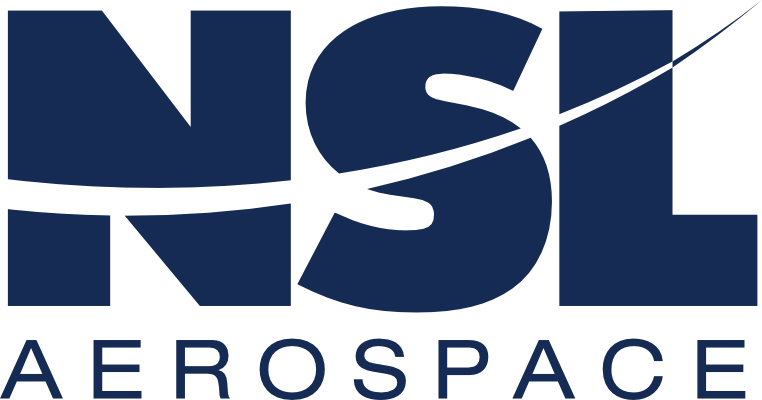This useful guide will help you understand essential aircraft sealants and aviation sealants, including windshield, fuselage, fuel tank, and access door sealants.
Aircraft sealants hold the aviation industry together. Without airplane sealants, the aviation industry would look quite different. Not only do aviation sealants provide superior safety for pilots and passengers, but they also add longevity to an airplane's lifespan and minimize the need for costly repairs.
However, despite being one of the most pivotal innovations in the aviation industry, many professionals are still unaware of the scope of aviation sealants as well as the value of PMA sealants.
What Is Aircraft Sealant?
Aircraft, or airplane sealants, are a unique class of adhesives designed to reinforce and seal aircraft parts to improve structural integrity.
These adhesives must meet Federal Aviation Administration's (FAA) quality standards and safety regulations that are unique to the aerospace industry. One of the most unique features of aircraft sealant is its ability to withstand high and low temperatures.
Aviation sealants must also withstand the volatility and reactive nature of combustibles, aircraft speed, and vibrations.
What Do Aircraft Sealants and Aviation Sealants Do?
While adhesives are used on a variety of aircraft parts, most serve similar purposes. These aircraft sealant purposes include preventing:
- The spread of fire from one compartment to another
- Fluid intrusion
- Air leaks
- Dust intrusion
- Oxidation
- Corrosion
What Are PMA Aircraft Sealants?
Parts Manufacturer Approval (PMA) sealants are cost-effective equivalent alternatives to similar parts. To meet the FAA standards, PMA sealants must meet or exceed the original equipment manufacturer's quality.
PMA sealants perform the same function as their OEM equivalents and conform to the part's standards. You can read all about them in our Introductory Guide to PMA Sealants.
Aircraft Sealant Usage
In the manufacturing and repair of aircraft, aerospace sealants are used on interior and exterior parts. Often aviation sealants differ based on their usage. These usages can include:
-
- Aircraft fuel tank sealant
-
- Aircraft windshield sealant
-
- Aviation thread sealant
-
- Firewall & Fuselage sealants
-
- Access door sealant
-
- Electrical sealant
Forms of Aircraft Sealants
In addition to differing uses, aviation and aircraft adhesives also come in an array of forms. These forms include different ways to apply the adhesive or the aircraft part it is used to seal.
-
- Brushables: Adhesive compounds that are applied using a brush, similar to a paintbrush.
-
- Extrusion Gun Sealants: Adhesives that are applied through a mechanism with a nozzle, which is extruded using pressure.
-
- Thread Sealants: Used to fill the space between threaded parts, increasing the burst strength of the valve or threaded pipe.
-
- Latex Sealants: Water-soluble sealants, often used on interior elements. Latex sealants are known for their moldability and ease of clean-up.
How to Apply Aircraft Sealant
Aircraft sealant application requires precision, but it is a straightforward process. Proper application ensures the sealant will perform as advertised. It's best to follow the instructions that come with each individual product. In all cases, you should:
- Remove existing sealants when resealing
- Allow for proper cure time
- Follow product and curing temperature guidelines
How to Remove Aircraft Sealant
There are various tools and solvents designed to take off sealant from aircraft parts. Clean removal and thorough stripping are necessary for a proper reseal. Removing aviation sealant can be assisted with a desealing tool.
What to Consider When Shopping for Aviation Sealants
When deciding on the best aircraft sealant for your needs, follow FAA guidelines, and use the correct aircraft sealant grade for the use and part.
Aircraft sealant characteristics include:
-
- Cure time
-
- Volatility
-
- Hardness
-
- Peel strength
-
- Tensile strength
-
- Temperature limitations
A Trusted Source for Aircraft Sealants
NSL Aerospace has provided the aviation industry with a wide selection of OEM and PMA sealants for 32 years. Learn more about our products and find answers to the most common aircraft sealant questions.
